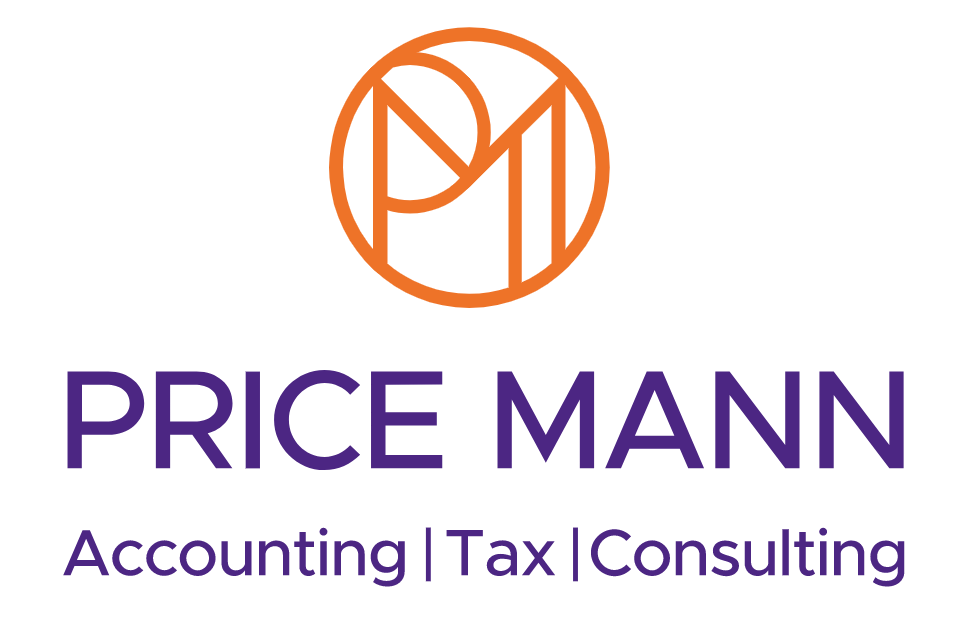Business Update - January
HMRC issues last reminder for 2020/21 personal tax returns
HMRC is reminding taxpayers that the deadline to submit 2020/21 personal tax returns through self-assessment is on or before midnight on 31 January 2022.
Some 407,510 startups were created during the 2020/21 tax year, despite the challenges presented by the pandemic.
Those who are unincorporated require a unique taxpayer (UTR) code to file their first tax returns via self-assessment for the 2020/21 tax year.
But the tax authority is experiencing long delays in processing requests for the 10-digit UTR codes, according to The Times.
Taxpayers usually get these within 10 days of signing up for self-assessment, the deadline for which is 5 October.
If they have not received their UTR code by 31 January 2022, they will not incur an instant £100 late-filing penalty for missing that self-assessment registration deadline.
Instead, they will have three months to submit their tax returns from the date their self-assessment record is set up.
Payment of any tax due should still be made by 31 January 2022 to avoid interest charges, and by 2 March 2022 to avoid a 5% late-payment penalty.
It’s possible to do this without referring to a UTR number by using a National Insurance number.
Last year, 10.7 million taxpayers filed their personal tax returns for 2019/20 before the usual deadline – around 400,000 down on the previous year.
We can handle your tax return.
One in four buy-to-let landlords ‘plan to sell up in 2022’
Almost a quarter of landlords plan to sell up over the next 12 months as buy-to-let becomes increasingly difficult to navigate, a report has claimed.
Research from the National Residential Landlords Association (NRLA) found that 23% of property investors intend to dispose of an additional residential property this year.
Buy-to-let landlords said tougher tax rules, extra costs to make green upgrades, and tighter restrictions on evicting problem tenants were their motives.
Nick Clay, research officer at the NRLA, said:
“Those planning to sell cited changes in tax and regulation, as well as increased costs as the key reasons for selling property. The fear of not being able to take back possession of property was the single most important regulatory reason why landlords were selling. On tax, the changes in mortgage tax relief continue to bite.”
Unincorporated landlords can no longer deduct any of their mortgage expenses from their rental income to reduce their income tax bills. Instead, they receive a basic-rate tax credit which is worth 20% of their mortgage interest payments.
The old system offered higher-rate and additional-rate taxpayers more generous 40% or 45% tax relief on mortgage payments.
Landlords who wish to sell additional residential property outside of their main residence have 60 days to report and pay any capital gains tax.
Speak to us before you dispose of an asset.
More red tape for importers as new EU checks kick in
Most UK importers were unprepared for the recent introduction of import controls on EU goods, according to a report from the Federation of Small Businesses (FSB).
Full customs declarations and controls took effect from 1 January 2022, although safety and security declarations are not required until 1 July 2022.
Before 1 January 2022, full customs declarations for EU goods could be deferred at the point of arrival.
Now, importers will have to submit paperwork which includes notice of food, drink, and products of animal origin imports in advance of arrival.
Research from the FSB discovered that only 25% of small importers knew of the changes and had prepared for them prior to this month.
One in eight (16%) importers polled said they were unable to prepare for the introduction of checks in the current climate, and 33% were unaware of the new rules prior to the study.
Mike Cherry, chairman at the FSB, said: “A lot of small firms simply don’t have the cash or bandwidth to manage this new red tape. They should speak to suppliers to ensure they have all they need to make declarations, consider alternative providers if that looks like an efficient way forward, and think about different transportation routes. Stockpiling is naturally a temptation for those fortunate enough to have the funds for it, but there is already a squeeze on warehousing space – if everyone ramps up storage, that squeeze will only tighten.”
Importers have already had to contend with increased bureaucracy since the UK formally left the EU this time last year.
Complex VAT rules on imports changed at the same time, requiring UK businesses to account for import VAT on goods worth £135 or more.
Most firms impacted by this rule use the postponed VAT payment system, which allows them to account for VAT on imported goods on their next VAT return.
This means the goods can be released from customs without the need for immediate VAT payment.
Get in touch to discuss any aspect of VAT.
Report sheds more light on changes to R&D regime
More details have emerged on upcoming changes to the UK’s research and development (R&D) regime, which will take effect from April 2023.
The Treasury published a report on R&D following last year’s Autumn Budget, in which Chancellor Rishi Sunak announced several new measures.
“If we want greater private-sector innovation, we need to make our R&D tax reliefs fit for purpose,” said the Chancellor during his speech in October 2021.
The report centred on the R&D expenditure credit (RDEC) and the small and medium-sized enterprises (SME) R&D relief.
These schemes provide an injection of cash or a corporation tax reduction when evidence of qualifying R&D is submitted to, and approved by, HMRC.
The RDEC enables eligible companies to reclaim up to 11p, after the deduction of corporation tax, for every £1 spent on their qualifying R&D.
The R&D tax credit scheme for SMEs offers a benefit of up to 33% – the equivalent of up to 33p for every £1 spent on qualifying R&D.
Until 31 March 2023, there is no requirement that R&D activity must be undertaken in the UK for companies to be eligible for these R&D tax reliefs.
But from 1 April 2023, new restrictions will bid to ensure that reliefs focus on domestic R&D activity and incentivise greater investment in the UK.
The report also detailed how the scope of R&D will extend to include cloud computing and data costs to reflect how companies conduct research.
Measures to combat fraud and abuse will require R&D claims to be made digitally, and to notify HMRC before submitting a claim for relief.
The report stated: “In considering other reforms, the Government’s objectives remain to ensure the UK remains a competitive location for cutting-edge research, that the reliefs continue to be fit for purpose, and that taxpayers’ money is effectively targeted.”













